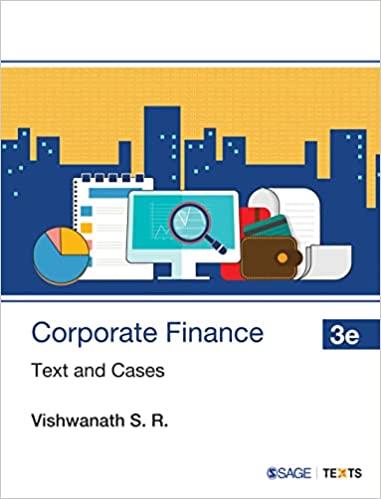Question
12) James, Inc., sells inventory to Matthews Company, a related party, at Jamess standard gross profit rate. At the current fiscal year-end, Matthews still holds
12) James, Inc., sells inventory to Matthews Company, a related party, at Jamess standard gross profit rate. At the current fiscal year-end, Matthews still holds some portion of this inventory. If consolidated financial statements are prepared, why are worksheet entries required in two different fiscal periods?
13) How do intra-entity profits present in any year affect the noncontrolling interest calculations?
14) When a subsidiary sells inventory to a parent, the intra-entity profit is removed from the subsidiarys net income for consolidation and reduces the income allocation to the noncontrolling interest. Is the profit permanently eliminated from the noncontrolling interest, or is it merely shifted from one period to the next? Explain.
15) The consolidation process applicable when intra-entity land transfers have occurred differs somewhat from that used for intra-entity inventory sales. What differences should be noted?
16) A subsidiary sells land to the parent company at a significant gain. The parent holds the land for two years and then sells it to an outside party, also for a gain. How does the business combination account for these events?
17) Why does an intra-entity sale of a depreciable asset (such as equipment or a building) require subsequent adjustments to depreciation expense within the consolidation process?
Step by Step Solution
There are 3 Steps involved in it
Step: 1

Get Instant Access to Expert-Tailored Solutions
See step-by-step solutions with expert insights and AI powered tools for academic success
Step: 2

Step: 3

Ace Your Homework with AI
Get the answers you need in no time with our AI-driven, step-by-step assistance
Get Started


